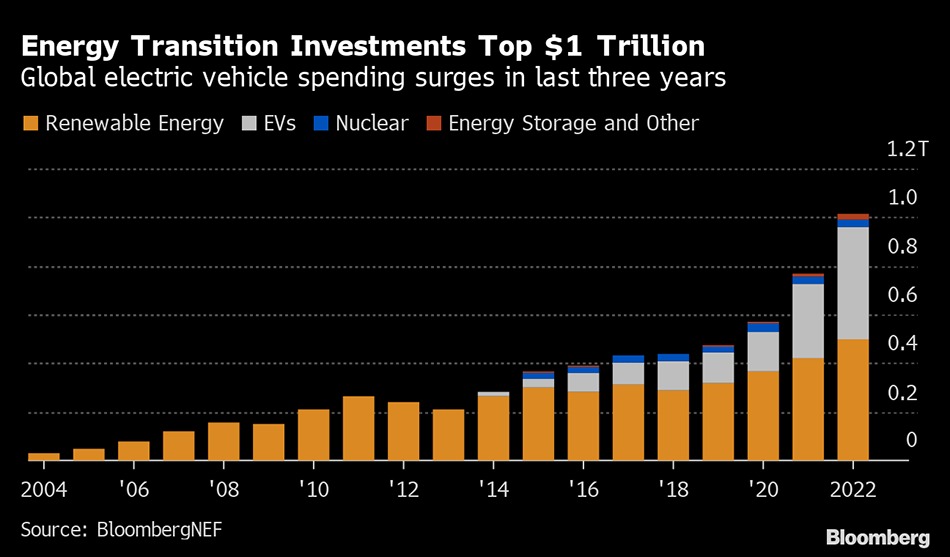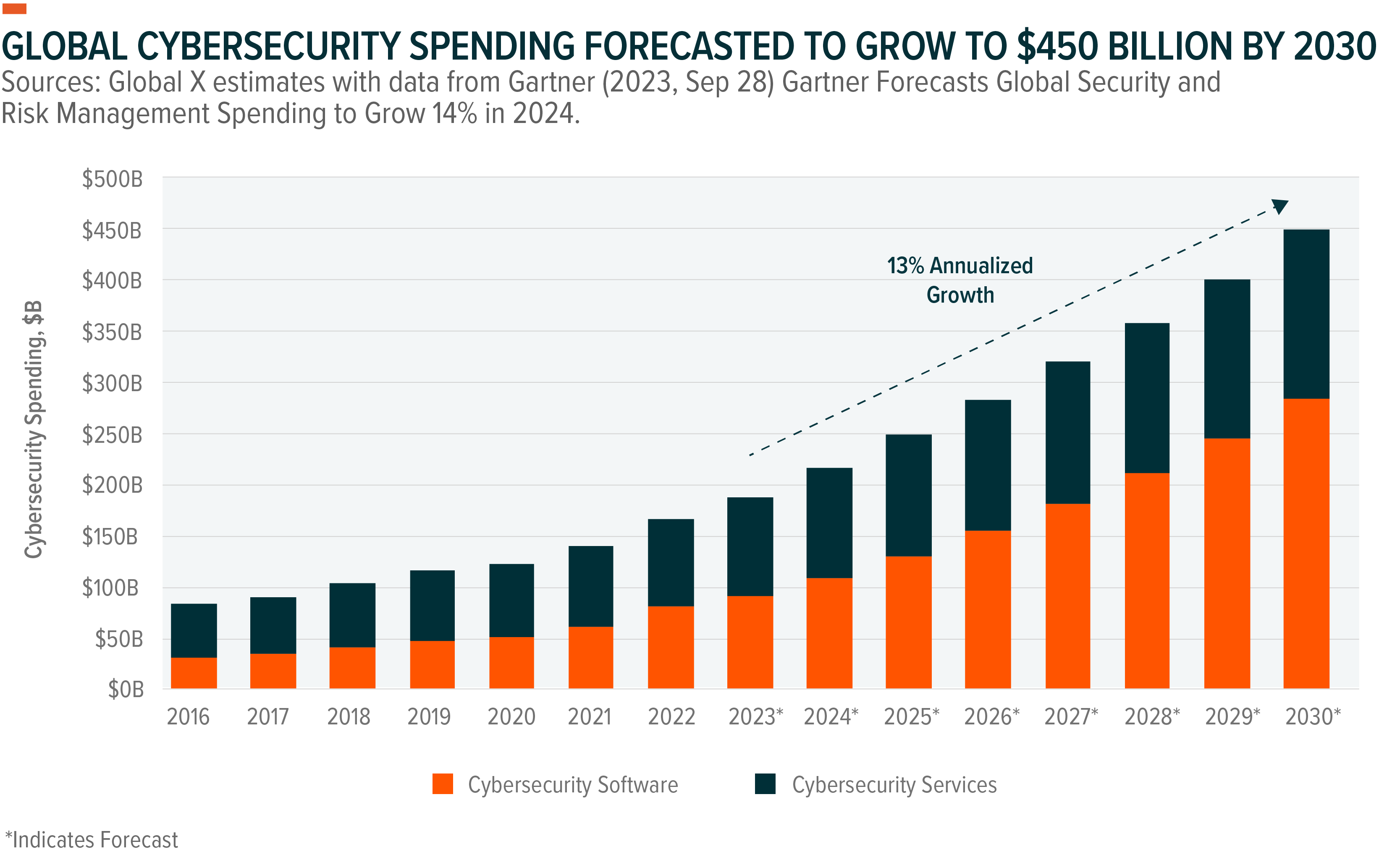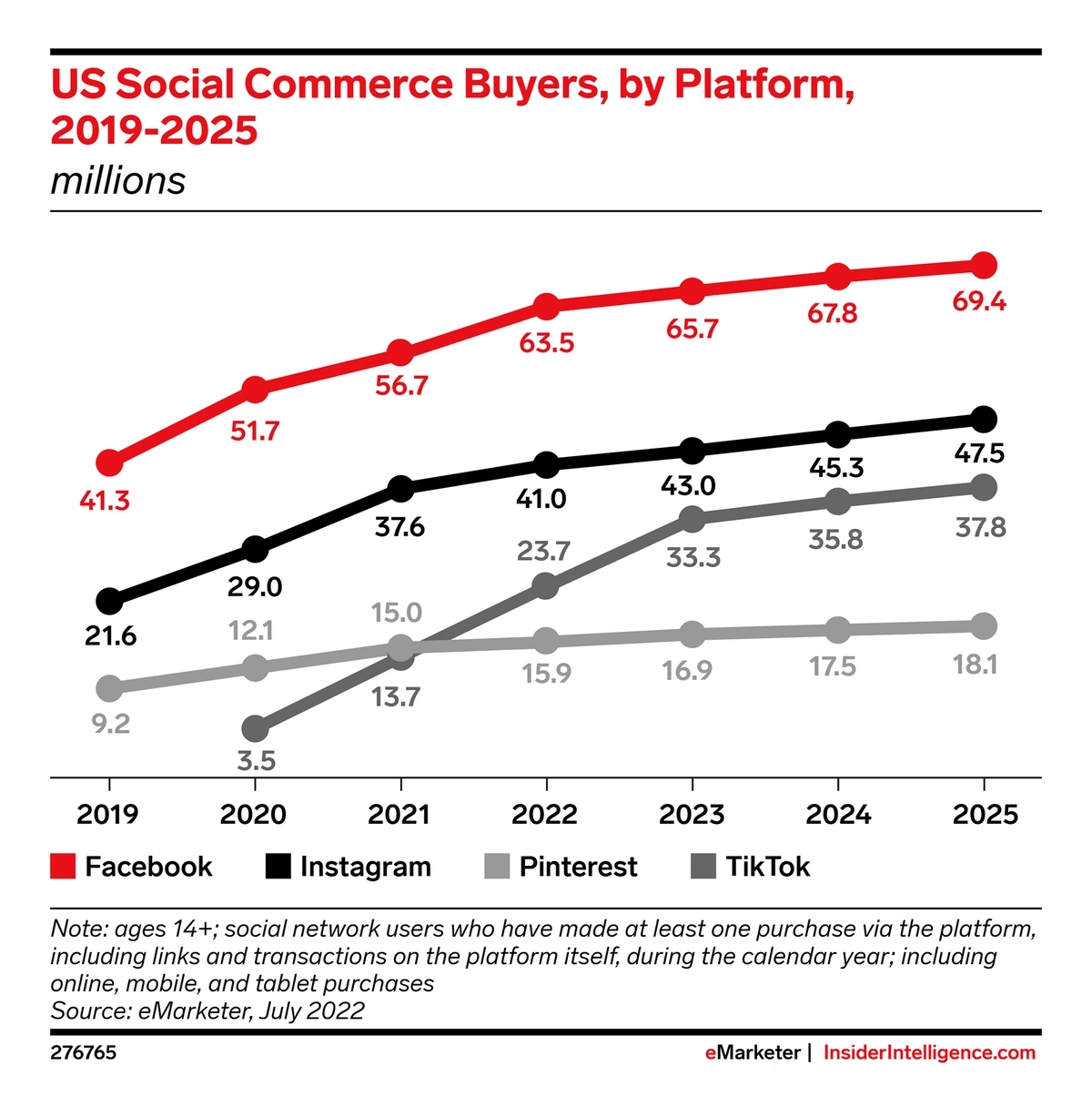
Thematic Investing in 2025: Trends, Opportunities, and Future Scenarios
18 October, 2024
As we approach 2025, thematic investing emerges as a key strategy, allowing investors to align their portfolios with global megatrends, from technological innovation to sustainability. Thematic investing transcends traditional sector-based allocations by focusing on dynamic, far-reaching shifts that promise to reshape industries. In this article, I take a closer look at these trends, examining their potential impact and market development scenarios while offering data-driven strategies to capitalize on opportunities and manage risks.
The Rise of Thematic Investing
Thematic investing has experienced substantial growth, with assets under management (AUM) in thematic exchange-traded funds (ETFs) more than doubling between 2019 and 2021, and surpassing $570 billion by 2024. This record growth, particularly in active ETFs, is expected to continue as investors increasingly turn to active strategies to navigate a new market regime characterized by greater volatility, uncertainty, and divergent market performance. By 2030, AUM in thematic ETFs is projected to quadruple to $4 trillion, according to Blackrock, driven by rising demand for exposure to megatrends such as artificial intelligence, green energy, healthcare innovation, and cybersecurity. However, this rapid expansion also brings challenges. The thematic approach demands active management, especially in volatile markets, as passive strategies alone can expose portfolios to heightened risks.
| Thematic Investing vs Traditional Investing | Thematic Investing | Traditional Investing |
|---|---|---|
| Focus | Focuses on ideas, personal values, and emerging market trends | Focuses on asset allocation across market sectors |
| Investment Strategy | Seeks to identify new investment opportunities based on specific themes | Emphasizes sectors with pre-existing industry classifications |
| Security Selection | Invests in companies relevant to a particular theme | Selects securities based on performance relative to the sector or the broader index |

Key Investment Themes for 2025
1. Artificial Intelligence and Automation
AI continues to be a cornerstone of technological innovation, with its influence spreading across sectors from finance to healthcare. Automation, natural language processing (NLP), and predictive analytics are transforming industries, creating new growth opportunities. According to PwC, AI could add $15.7 trillion to the global economy by 2030.
Scenario A: Broad-Based AI Adoption
Widespread AI adoption is expected to drive productivity gains across industries. In finance, AI-powered trading algorithms are increasingly optimizing portfolios. Healthcare, on the other hand, is poised to see further integration of AI into diagnostics and personalized treatments.
Scenario B: Regulatory and Ethical Challenges
Despite its potential, AI adoption faces hurdles related to privacy and ethical concerns. Increased regulatory scrutiny could raise compliance costs, particularly for sectors like finance, which are highly regulated.
Technical Insights
Deloitte reports that companies utilizing AI see a 30% reduction in operational risk, driven by enhanced predictive analytics. These insights underscore AI's role in improving decision-making for investors.
| AI Impact by Sector | Estimated Growth |
|---|---|
| Finance | +25% productivity |
| Healthcare | +35% diagnostics accuracy |
| Manufacturing | +40% automation |
Potential Implications:
With productivity gains and operational efficiencies, early adopters of AI will gain a competitive edge. However, companies failing to address privacy concerns may face reputational risks and increased regulatory oversight.
2. Green Energy and Climate Tech
The green energy sector is set to be one of the fastest-growing investment themes, supported by government mandates and consumer demand for sustainability. BloombergNEF estimates that clean energy investments will surpass $1 trillion annually by 2025.
Scenario A: Policy-Driven Expansion
Governments worldwide are increasing subsidies and introducing stricter regulations to support renewable energy. Solar, wind, and emerging technologies like hydrogen are expected to lead the green energy transition.
Scenario B: Market Saturation
As more entrants flood the green energy market, profit margins may compress. Investors must focus on scalable, efficient operations to avoid diminishing returns.

Technical Insights
MSCI’s regression analysis reveals that firms with strong environmental, social, and governance (ESG) scores exhibit 40% lower volatility during market downturns, making them attractive for sustainability-focused investors.
| Technology | Investment Growth (2020–2025) |
|---|---|
| Solar | +50% |
| Wind | +35% |
| Hydrogen | +75% |
Potential Implications:
Government policies will play a pivotal role in expanding the green energy market, but investors should be wary of over-saturation. Companies with robust ESG practices are likely to outperform their peers, especially during periods of volatility.
3. Healthcare Innovation
Healthcare is undergoing rapid change, driven by advances in telemedicine, genomics, and personalized medicine. Frost & Sullivan projects the global telemedicine market will grow from $60 billion in 2021 to over $400 billion by 2025.
Scenario A: Technological Breakthroughs
AI-driven healthcare innovations, particularly in genomics and diagnostics, are expected to spur mergers and acquisitions, benefiting companies at the forefront of personalized medicine.
Scenario B: Regulatory Delays and R&D Costs
High R&D costs and regulatory delays pose significant risks. Companies focusing on AI-driven healthcare will need to diversify their portfolios to mitigate these challenges.
Technical Insights
A study by Accenture highlights that AI adoption in healthcare improves diagnostic accuracy by 20% and reduces operational costs by 30%, creating opportunities for early-stage investors.
| Healthcare Segment | Projected Market Size (2025) |
|---|---|
| Telemedicine | $400 billion |
| Genomics | $100 billion |
| Personalized Medicine | $150 billion |
Potential Implications:
AI-driven innovation will reshape healthcare, presenting lucrative opportunities for investors. However, they must navigate regulatory risks and high R&D costs to fully capitalize on the potential of personalized medicine and telehealth.
4. Geopolitical Shifts and Cybersecurity
The global rise in cyber-attacks, along with geopolitical tensions, has made cybersecurity a top priority for governments and businesses alike. Gartner predicts that by 2025, global spending on cybersecurity will exceed $200 billion annually.
Scenario A: Increased Cybersecurity Investment
Geopolitical tensions and escalating cyber-attacks are likely to fuel demand for advanced security technologies, benefiting firms specializing in cybersecurity.
Scenario B: Supply Chain Vulnerabilities
The increased reliance on global supply chains exposes vulnerabilities. Companies will need to secure their infrastructure to avoid operational disruptions.

Technical Insights
According to Cybersecurity Ventures, companies investing in advanced cybersecurity measures see a 50% reduction in breach costs. The use of predictive algorithms in threat detection is expected to drive demand for AI-based cybersecurity solutions.
| Region | Cybersecurity Spending Growth (2020–2025) |
|---|---|
| North America | +30% |
| Europe | +25% |
| Asia-Pacific | +40% |
Potential Implications:
The rise in cyber threats will drive significant growth in cybersecurity investment, particularly in AI-based solutions. Geopolitical risks and supply chain vulnerabilities present challenges that companies will need to address to maintain resilience.
5. Consumer Behavior Changes
Shifting consumer preferences toward sustainable and ethically produced products remain a key trend, but 2024 presents a more complex landscape. Economic challenges like inflation, combined with shifts in social media behavior and e-commerce, are reshaping how and where consumers spend their money. Brands that prioritize transparency, affordability, and ethical sourcing stand to gain from consumers’ increased focus on sustainability, but rising costs are testing the strength of this preference.
Scenario A: Niche Market Growth
Brands targeting sustainable and ethical consumption can experience growth, particularly as 30% more consumers are shopping directly through social media platforms. This "social shopping" trend is especially strong among younger generations, with nearly three-quarters of Gen Z preferring mobile-first purchasing experiences. Moreover, the demand for localized, hyper-personalized experiences is rising, as consumers increasingly seek brands that align with their values in sustainability and ethical practices.
Scenario B: Economic Recession
While sustainability remains important, economic uncertainty is driving many consumers to focus more on price. Inflation continues to impact consumer behavior, with nearly 90% of Millennials reporting they are adjusting spending habits to cope with rising costs. Over half of U.S. adults are tightening their budgets, meaning that premium-priced sustainable products may see slower growth unless brands can clearly demonstrate value for money.

Technical Insights
Market basket analysis and AI tools are becoming indispensable in identifying emerging trends. For example, AI-powered insights reveal that brands using personalized offers and predictive algorithms based on social media behavior can significantly enhance their engagement. Additionally, 71% of Gen Z consumers now rely on mobile devices for online shopping, creating opportunities for brands to adopt mobile-centric advertising strategies that cater to this shift.
Conclusion
Thematic investing provides a powerful framework for capitalizing on megatrends, offering opportunities for growth while addressing the risks associated with market volatility. Investors must adopt data-driven strategies, using predictive algorithms and risk mitigation models, to stay ahead of market shifts. As 2025 approaches, a keen understanding of these emerging themes will be essential for capturing alpha in an increasingly complex financial landscape.